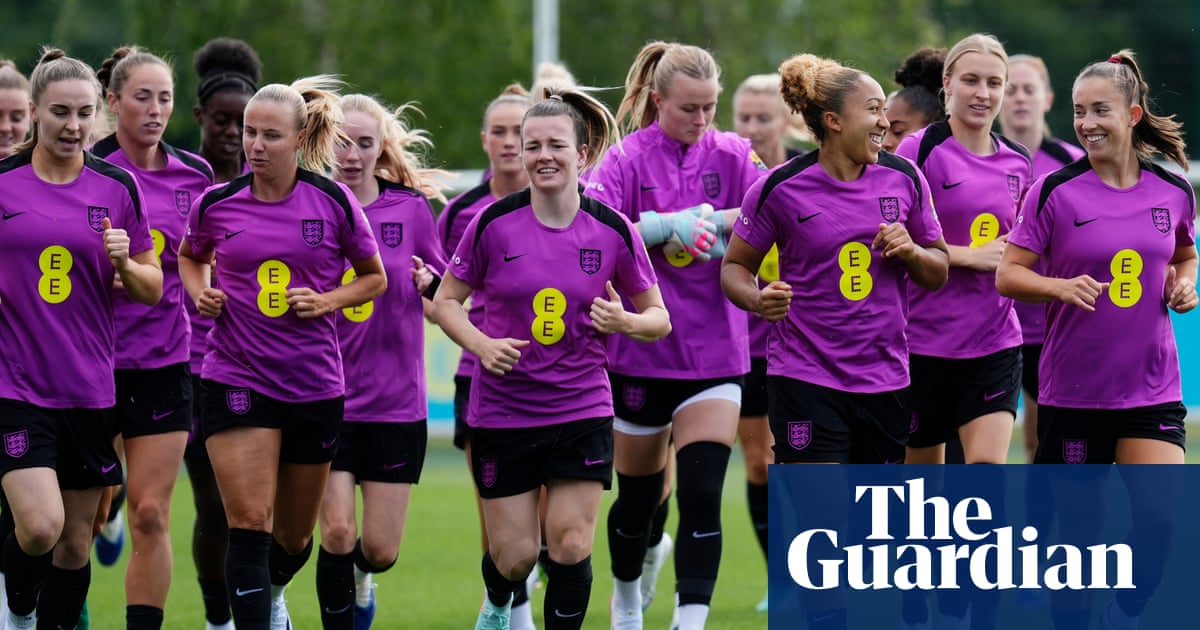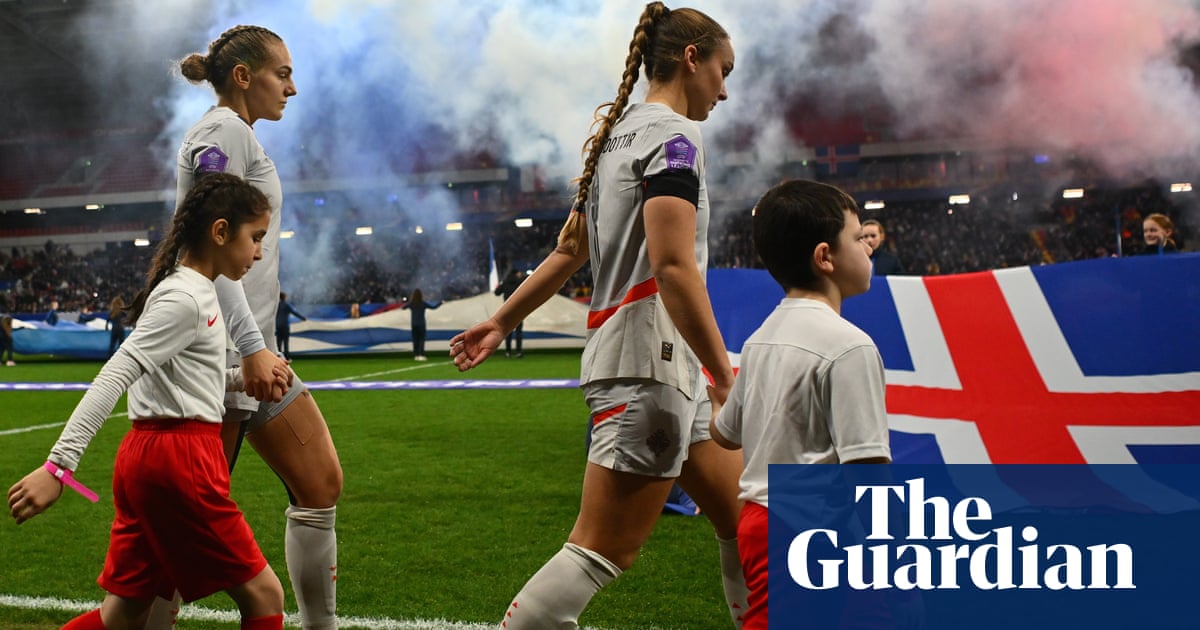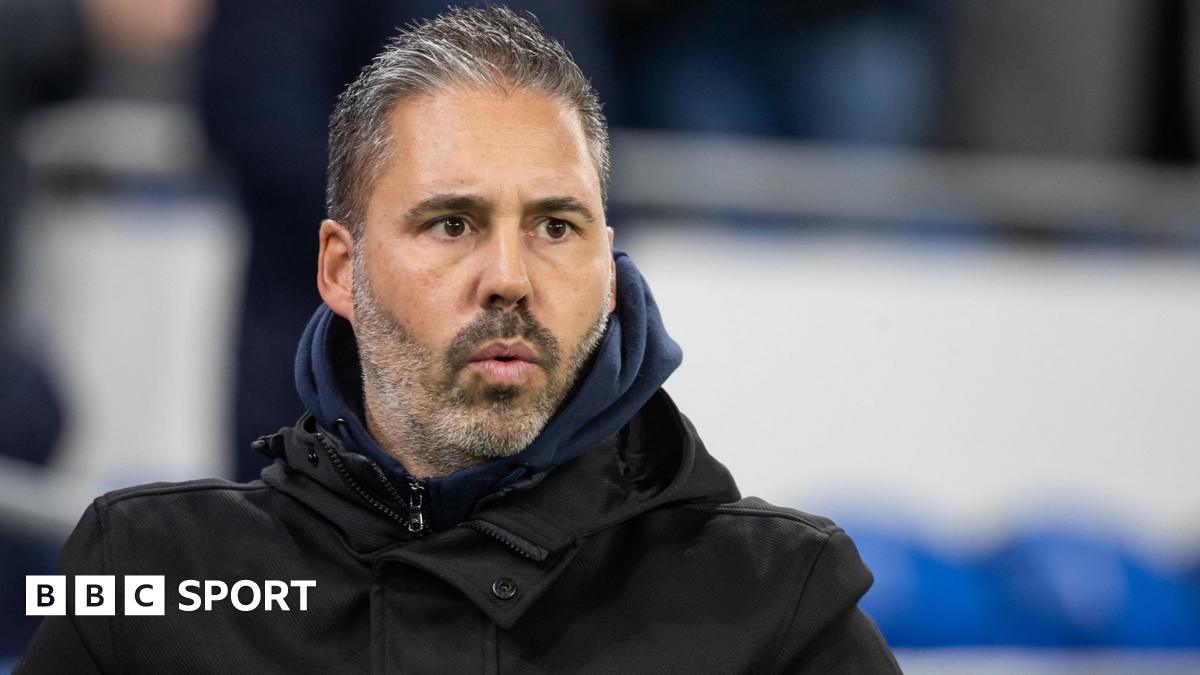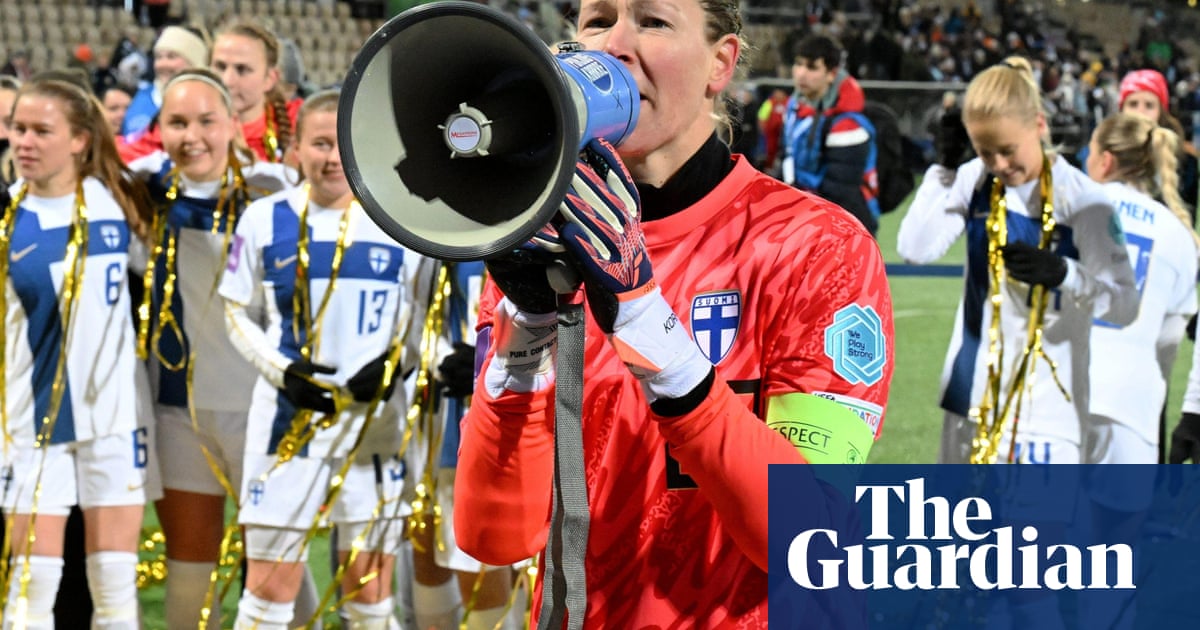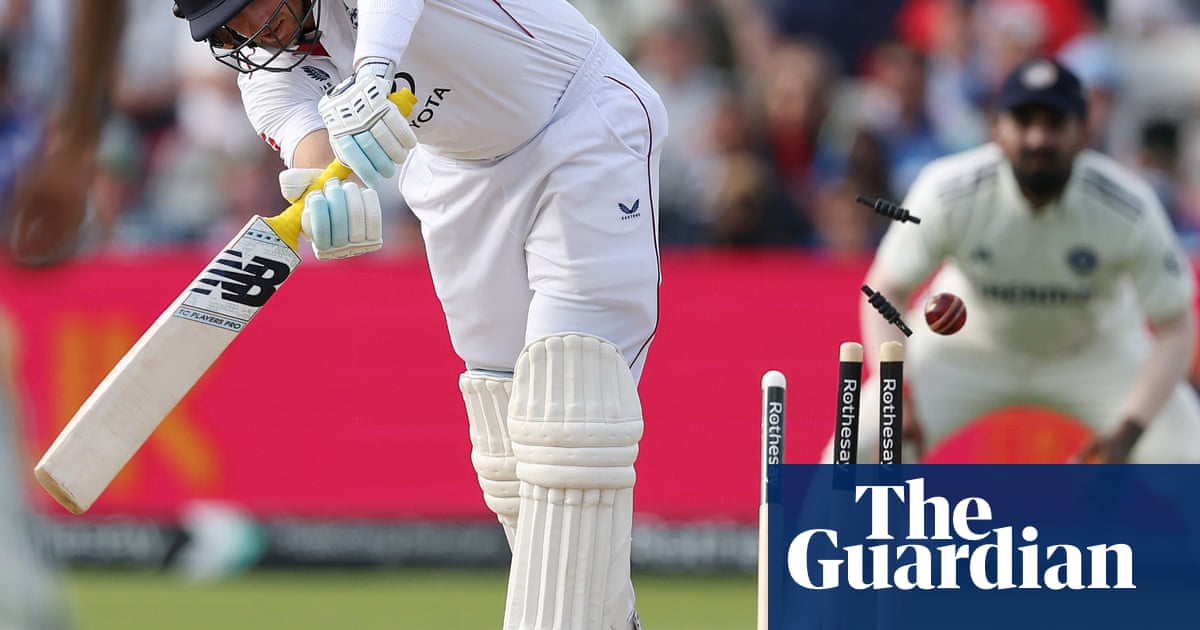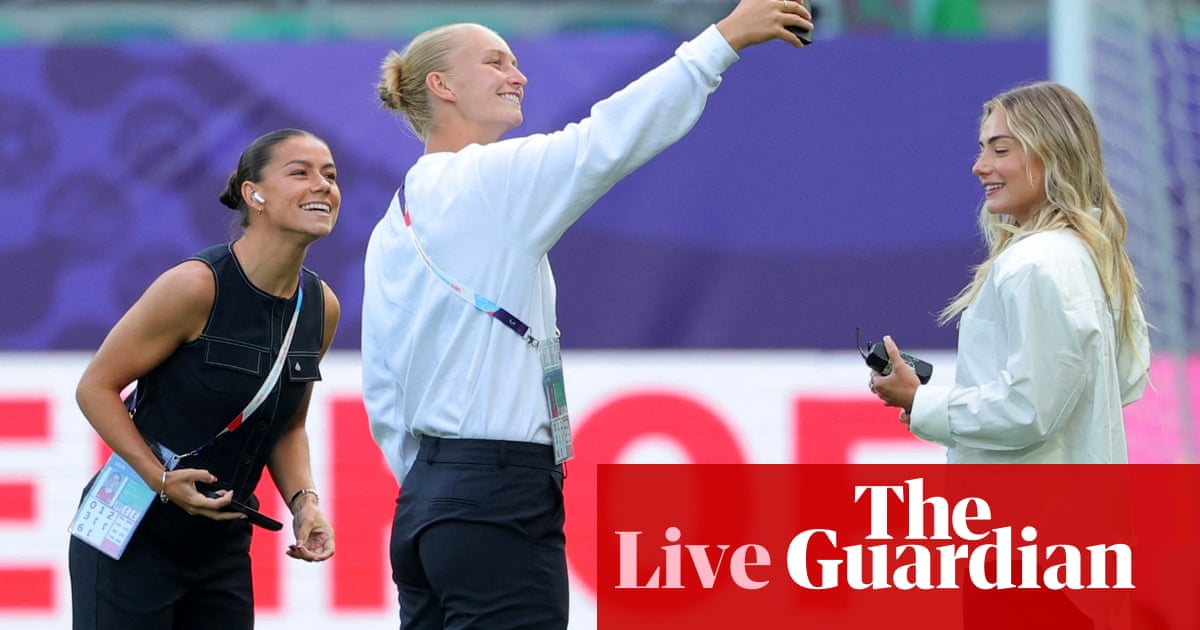There’s no running in walking football – at least, not officially. Yet as England’s over-70s took on their final training match before competing in the World Nations Cup in Spain next week, the pace felt anything but pedestrian.
Voices echoed across the pitch, sweat beading on foreheads. One man even earned a red card for grabbing another player’s arm and denying him a goal-scoring opportunity. For a sport defined by restraint, it’s surprisingly full-blooded.
“Most people would be surprised by how competitive it is, how physically demanding it is, and actually how quick it is – not because people run, but because the ball moves quickly when it’s played properly,” said Gareth Lewis, the manager of the England men’s over-70s team.
This is walking football – one of Britain’s fastest-growing sports – and at an age when many are slowing down, these players are striding towards their prime.
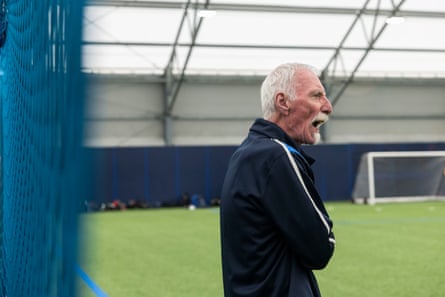
What began in Chesterfield in 2011 as a gentle way to coax older men back into exercise has become a runaway success story – despite the rule that one foot must always remain on the ground.
“Here we are 14 years later, and it’s probably one of the fastest-growing sports in the world,” said Stuart Langworthy, the manager of England’s over-60s. Today there are community teams, national leagues, an FA Cup, and international tournaments – including the World Nations Cup, which kicks off in Spain on Monday.
The inaugural Cup, held in 2023 at St George’s Park in Staffordshire, featured 28 men’s teams from 17 nations and England won both categories – the over-50s and over-60s.
“It was an amazing experience. It’s hard to put into words,” said Tony Jones, 70, a member of that winning side and now captain of the over-70s. This year’s tournament adds men’s over-70s and three women’s divisions – over-40s, over-50s and over-60s – with 70 teams expected from more than 30 nations.

More than 100,000 people now play regularly across the UK, many managing chronic illnesses or disabilities. Women are joining in increasing numbers; among them is Morag “Maggie” Pearce – one of the original Lionesses of the 70s and 80s – who will compete in the women’s over-60s team in Spain.
The women’s game is typically younger, said Langworthy. “You get a lot of younger women play because they want to keep fit, but they don’t necessarily want to go to a gym or go for a jog. They want to play in a team sport which is inclusive.”
The walking element is often the hardest to master. The game is six-a-side, played on a smaller 3G or 4G pitch, with no tackling from behind and no contact – rules designed to prioritise safety but which many say improve the football itself. “It’s a game of skill,” said Graham Collier, 74, a former Nottingham Forest midfielder who now plays for England’s over-60s.
As the sport’s popularity increases, so too does research into its benefits.
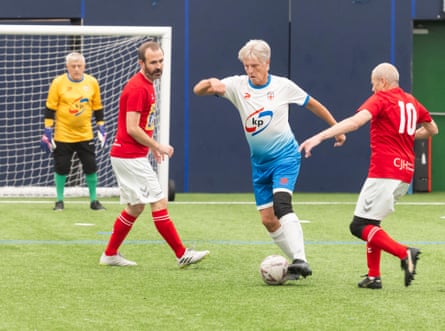
Prof Ian Varley, an exercise physiologist at Nottingham Trent University, studied 672 players in last year’s FA Walking Football Cup. They found low injury rates overall: tackles caused 45% of cases and running – which is banned – 12%.
Varley said: “A big thing that we found is having a chronic condition wasn’t really a barrier – over half of participants had one. There were people with arthritis, cancer, diabetes, stroke victims. There was one guy playing who’d had both his hips replaced.”
after newsletter promotion
Most injuries were minor – trampled toes or kicked shins – with only 7% linked to pre-existing conditions.
Players’ emotional wellbeing also exceeded the national average, and loneliness tended to be rarer. “The national average is about 5% for feeling ‘often lonely’,” said Varley. “In walking football, it was 1%. People said their social connections had improved, their physical fitness had improved, they get better sleep, have a greater confidence. It was almost like a magic bullet.”
For Jones, the biggest draw is friendship. “It’s the camaraderie, the dressing room banter,” he said.
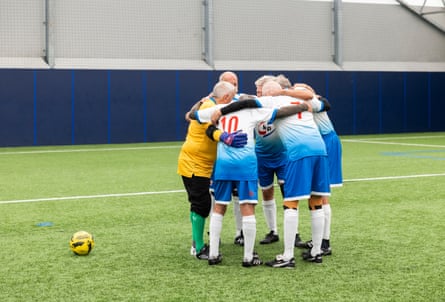
The sport’s social and cognitive benefits are being tested for other groups too. Dr Marie Poole at Newcastle University is studying a dementia-friendly walking football initiative with the Newcastle United Foundation. “A lot of these guys are football fans, and just that sense of belonging to something again is a real benefit,” she said. “There are also cognitive benefits related to sequencing your thoughts around what you’re doing, who you’re trying to pass the ball to, how you’re getting yourself in position to score or defend.”
“It’s brain training as well as body training,” added Prof Dame Louise Robinson, also involved in the research.
Parkinson’s is another example: Langworthy shows a video of Paul Nicholls, diagnosed in 2014 and a founder of England’s first Parkinson’s walking football. Though he struggles to walk unaided, once he gets a football, he can run, turn and dribble. “Because your brain is thinking, ‘I’ve got to control the ball’, it somehow allows your body to work,” said Simon Forrest, the Walking Football Association’s impairment director, who also has Parkinson’s.

Inclusive it might be, but at elite level walking football is fiercely competitive. Having won the World Nations Cup in 2023, England is heavily tipped to retain its title – though Italy is a threat. “They do everything you’d expect an Italian team to do,” said Jones, with a twinkle in his eye. “The trouble is, everyone wants to beat us.”
Watching the over-70s in action, it’s clear the passion for football doesn’t retire – it simply finds a different gait. “As an old person, you look around at what other old people do, and we’re playing football. We’re going to France, Italy, Spain for the World Cup,” said Lewis. “Pinch me. We’ve got our football back.”
The rise of walking sports
While walking football has set the pace, a growing number of other walking sports are gaining ground across the UK and beyond – offering lower-impact ways to stay active, sociable and engaged.
Walking netball is another English invention, developed by England Netball in collaboration with Age UK in 2017, and rolled out nationally with the support of the Women’s Institute and local leisure centres. It adapts standard netball rules: no running or jumping, longer ball-holding times and extra steps allowed. The game has proved especially popular among women over 50, providing fitness and friendship.
Walking rugby is also gathering momentum. First played at Reading RFC in 2015 after players asked for a version similar to walking football, this non-contact adaptation removes tackling, mauls, rucks and scrums – and insists participants walk at all times. Players can hold the ball for no more than three seconds before passing, keeping the pace brisk and encouraging interceptions.
Walking tennis is the latest to join the lineup. Age UK and the Lawn Tennis Association’s Tennis Foundation have launched eight pilot groups across England, aiming to reach more than 160 older people over the next two years – particularly those with health conditions, disabilities or limited mobility. The game removes many of tennis’s physical barriers: there’s no running or jumping, players are allowed two bounces of the ball, and matches are played on smaller courts with softer balls and lighter rackets.
.png)
 14 hours ago
2
14 hours ago
2
































